Corporate
Getting to know your U SPORTS student-athletes: Audrey Jackson, Montreal Carabins
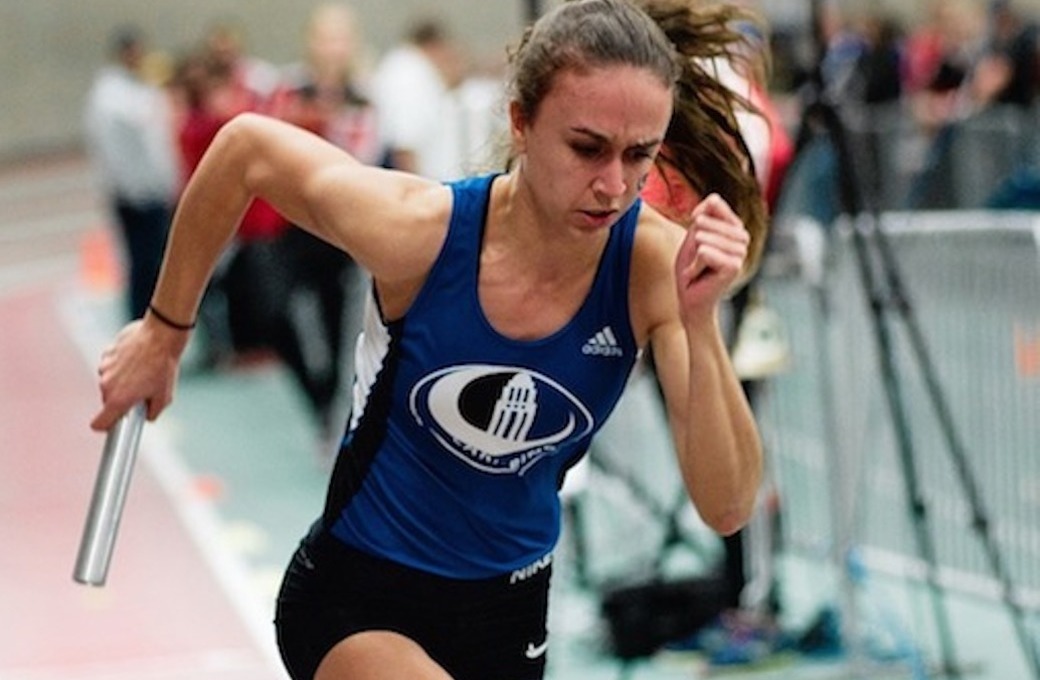

Andrew Bucholtz
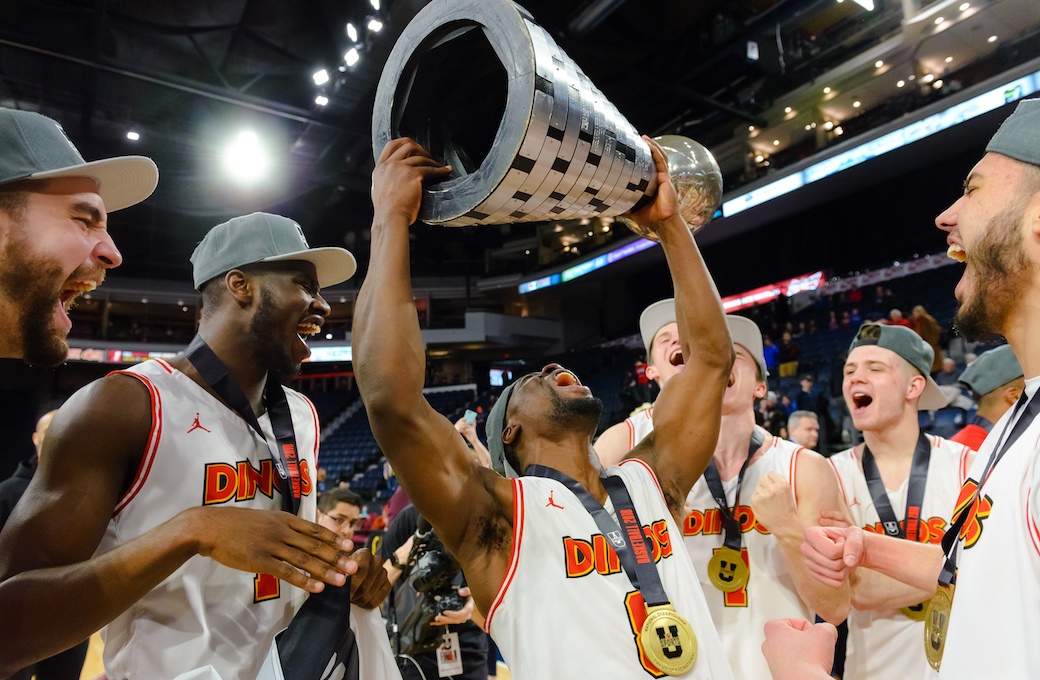
When U SPORTS moved many of the online broadcasts of its championships to a pay-per-view model, there was some expected resistance. For the President and Chief Executive Officer of the national brand for university sports in Canada, though, it was a move that simply needed to be made so that the quality of the broadcast matched the quality of performance by the student-athletes across the country.
“Not everybody was happy, and some people were very upset, but what they didn’t understand was their options were that or nothing,” U SPORTS President and CEO Graham Brown said. “We wanted to produce a better stream, more cameras, more graphics…In order for us to do it right, there’s a cost to it.”
That U SPORTS move follows what the Canada West conference has been doing over the past few years with Canada West TV, charging a fee to watch games but delivering a higher-quality product as a result. That service saw record sales and viewership this year. Brown said he understands why there’s some opposition to the national office following suit and charging for championship broadcasts, but he feels the pay-per-view model is necessary because U SPORTS is spending a lot to produce these events.
Now, with all of the new tools and technical improvements, combined with the volume of high-quality video content available, people don’t want to watch a low-quality broadcast, even if it’s free.
“I can certainly debate both sides of it, but my challenge right now is that to do a basketball championship, men’s or women’s, properly for instance is $18,000, and I don’t have $18,000 unless I have some revenue coming back,” he said. “There has to be some recouping.”
Ken Saint-Eloy, U SPORTS Senior Manager of Marketing and Communications, said there have been challenges in getting the audience to embrace the new model, despite U SPORTS previously receiving pushback for their free broadcasts not being up to the quality fans expected and deserved.
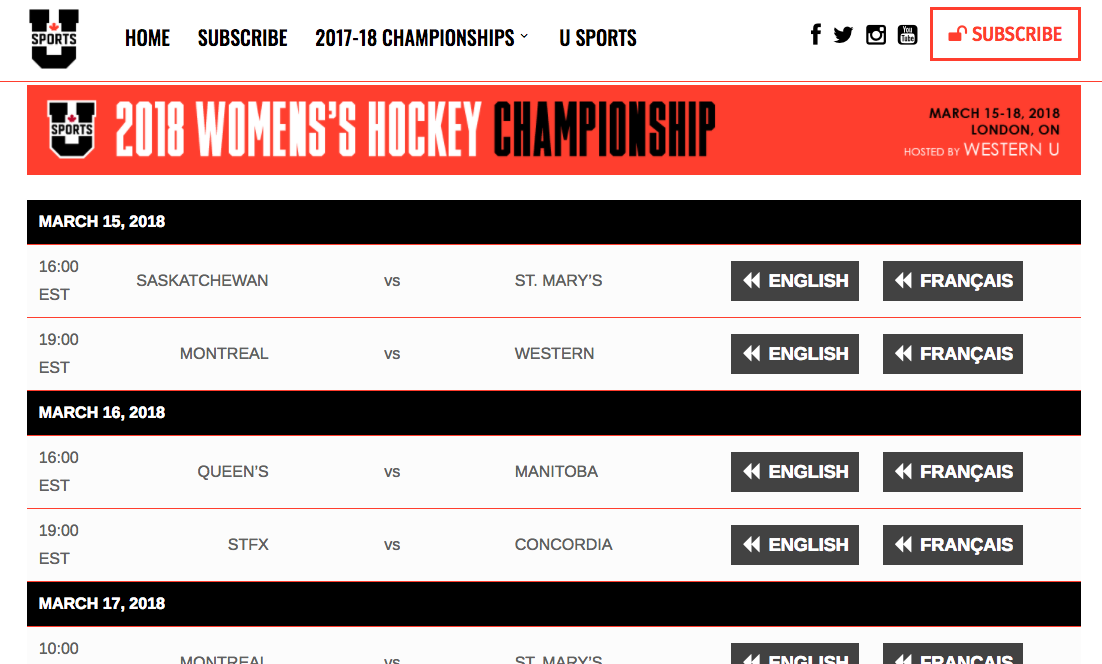
“It’s been difficult. Before, people were basically willing to watch bad quality as long as they didn’t have to pay,” said Saint-Eloy. “Now, with all of the new tools and technical improvements, combined with the volume of high-quality video content available, people don’t want to watch a low-quality broadcast, even if it’s free. They say ‘Canadian universities should do better than that! Why are other sports or leagues available for free in a better quality than U SPORTS competitions? U SPORTS should be able to do better than that.’ But to do better and elevate our standards, we need to spend more money or develop a new business model.”
Many viewers now are looking for quality levels that are almost impossible to achieve on a free broadcast.
Choyal Brown (no relation to Graham), the founder and director of streaming broadcasting service SportsCanada.TV, has been involved in consulting on and producing many championship broadcasts for U SPORTS. He’s been doing streaming broadcasts for Canadian National Sport Organizations (NSOs) and schools for almost a decade, and said he initially didn’t favour the pay-per-view model, but thinks it’s necessary now, as many viewers now are looking for quality levels that are almost impossible to achieve on a free broadcast.
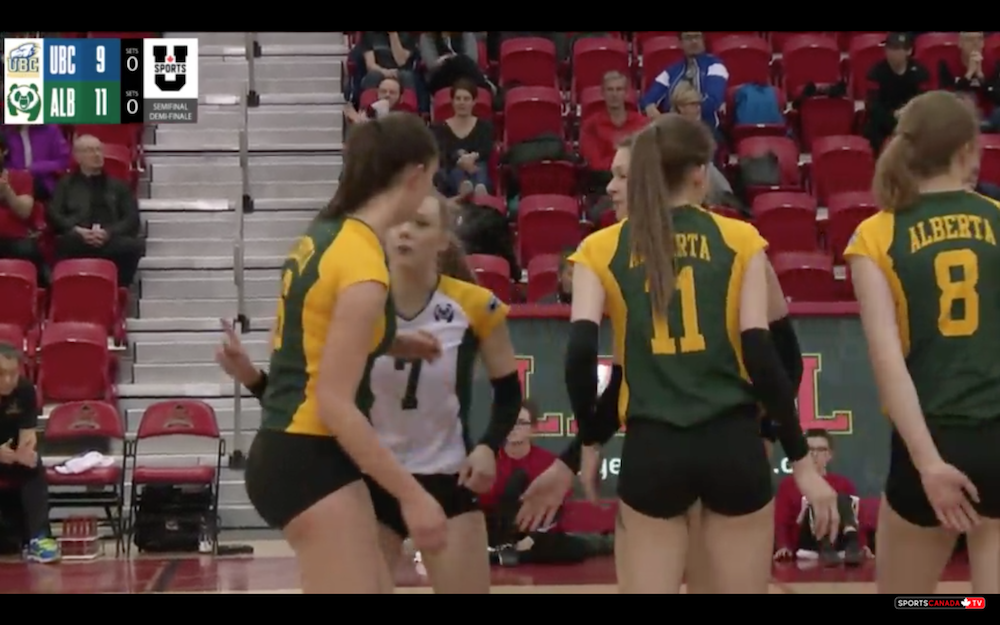
“Back then, I was very much against pay-per-view. The whole reason behind doing this, building this network, was to try and increase the profile of amateur sport. That was the whole point. …I think what’s happened is that viewers’ expectations are different. The only way for an organization to not take a massive loss on their live streaming is to do pay-per-view, as much as I’ve kind of hated it.”
He added that it’s important to consider that most sports content is paid for in one way or another.
“What I’ve started to realize too is that when people go to live games, they pay. They’re paying at the gate, and that part’s not actually costing the school anything to produce. Whereas when there’s this (streaming) service, that costs money. At first, people say ‘I can’t believe you’re making us pay for this,’ but I’m starting to kind of realize that’s the only sustainable model.”
Streaming quality is getting much better even with lower budgets, and can be comparable to TV productions at times.
He adds the often floated idea of “Find a lot of people to watch a free broadcast, then find a sponsor,” doesn’t necessarily solve the issue. In fact, he said some of the biggest challenges for SportsCanada.TV have come from well-watched events, like world softball championships, as that presents bandwidth challenges for the streaming broadcast.
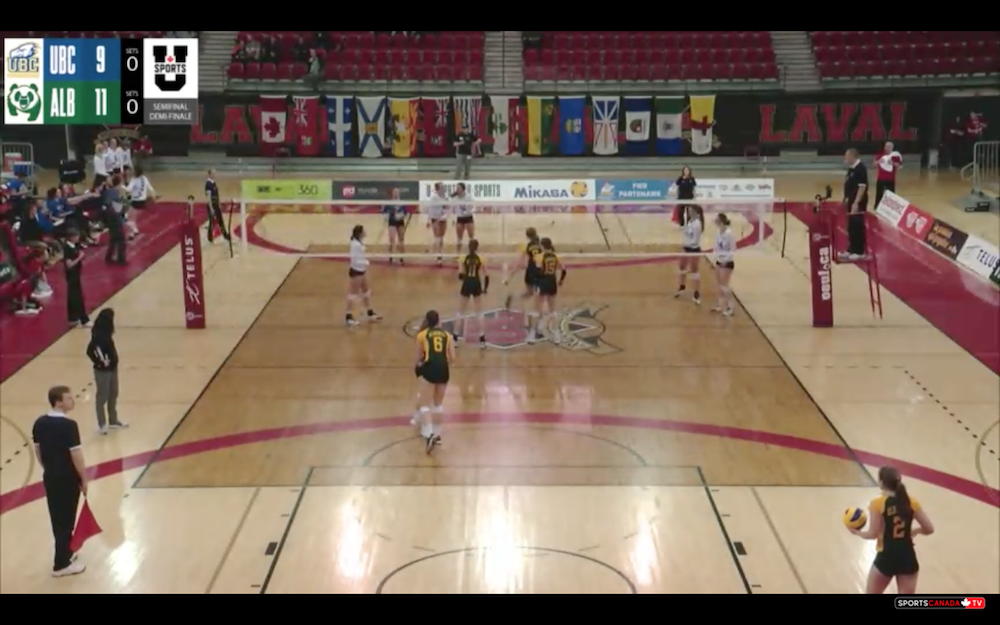
“There would be like 100,000 views, which was awesome for the event, but it was killing us, because every viewer cost us more money,” he said. “There’s the portal cost, there’s the bandwidth cost, there’s the production cost. There’s just so many costs that go into it.
“And I think another misconception is just ‘Oh, you could just find a sponsor.’ It’s just not that easy. (At) SportsCanada, we have 12 million views a year, and a sponsorship company’s like ‘We have eight-year-old kids that get that many million views on YouTube.’ It’s just not as easy as everybody thinks.”
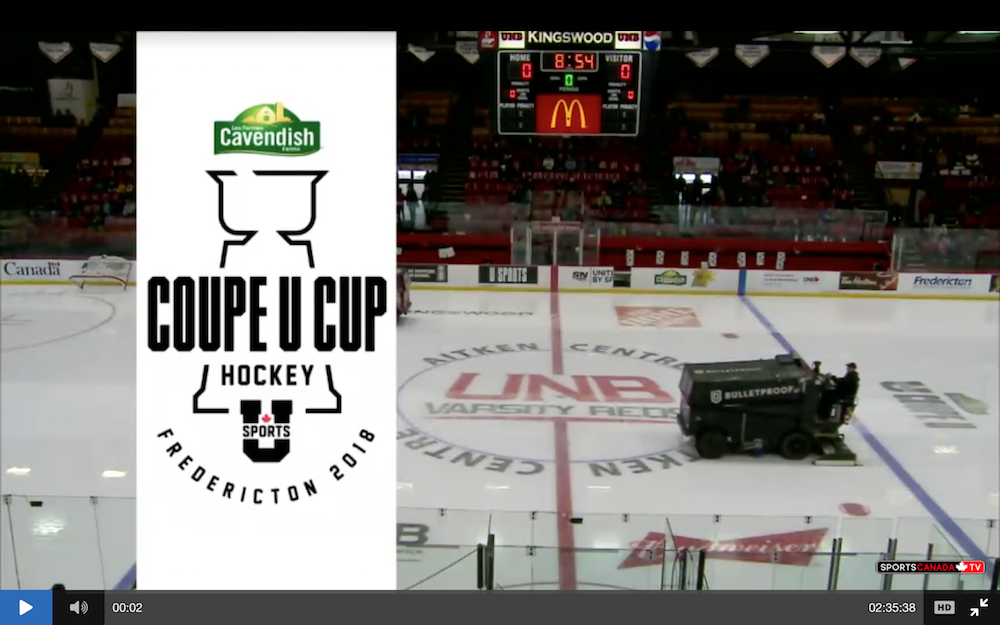
In fact, he said that in Canada, he can’t think of an amateur sports organization that makes money on streaming, saying instead that it’s usually a necessary cost. And even the pay-per-view model doesn’t fully offset that.
“Livestream is always a red number in their budget. It’s not a money-making thing.”
He said there’s also a need to step things up for championship broadcasts, first with additional cameras but perhaps even more so with staffers that can handle the grind of a championship weekend.
“Doing two games on a weekend, like most schools do, and doing four games on a day and 12 on a weekend, it’s a whole different ballgame.”
And he added that it’s not like U SPORTS and other streaming broadcasts are coming close to the costs of a TV production. In fact, those tend to be many times higher, even for U SPORTS games.
“A bigger misconception is how much a TV production costs. People have no idea when they’re watching an NBA game that that lens is a million dollars, a million dollars on one camera. They just don’t have the faintest clue. So when Sportsnet comes in and does the games…even the U SPORTS games, you’re looking at $60,000 on one game. …People just don’t really get it, but the money has to come from somewhere.”
Despite that, though, he said that the streaming quality is getting much better even with lower budgets, and can be comparable to TV productions at times.
“The gap between production between TV and livestreaming is way smaller than it used to be.”
Graham Brown added that many other Canadian sports leagues charge to watch their events.
“Curling charges a fee, the Ontario Hockey League, the Canadian Hockey League charge. Basketball’s working with DAZN – so while Canada Basketball doesn’t charge a fee, DAZN does.”
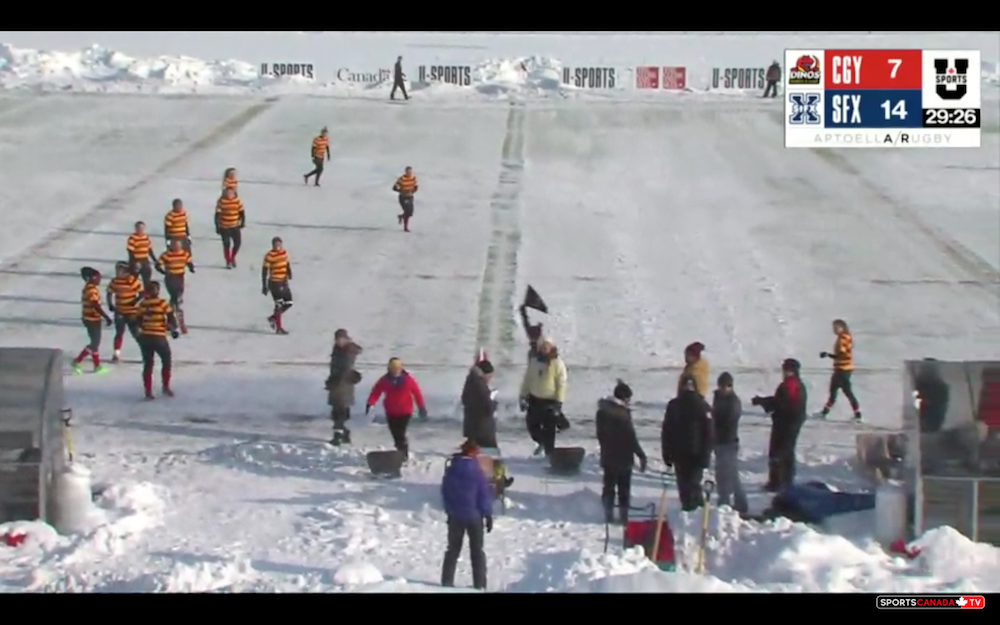
That last one is a notable point, as many Canadian sports broadcasts can be seen online as part of a subscription to a cable or satellite package: TSN and Sportsnet both offer some online streaming with cable authentication, with Sportsnet also offering standalone streaming through the over-the-top package Sportsnet Now. So while cable subscribers can often stream games TSN and Sportsnet show from leagues like the CFL, NHL, NBA, Major League Baseball and more, or U SPORTS contests Sportsnet televises (including the Vanier Cup in football and the semifinals and finals in men’s and women’s basketball and hockey) without paying an additional fee, the cost of those broadcasts is part of their cable subscription.
“People are actually paying for all their content,” he said. “Everybody’s charging. I don’t get my Rogers cable for free. We all charge. Sportsnet Now costs money, Sportsnet on Rogers costs money, everything costs money.”
He said it’s understandable that not everyone’s happy with the particular price points and packages offered so far, and that there will be U SPORTS discussions on how to improve that, as well as some of the technical issues that popped up at certain championships. But he added that there are significant costs involved, as for basketball and many other championships, and that U SPORTS, as the national brand of university sports in Canada, is providing streams in both English and French, which adds extra cost in terms of announcers, technology and more.
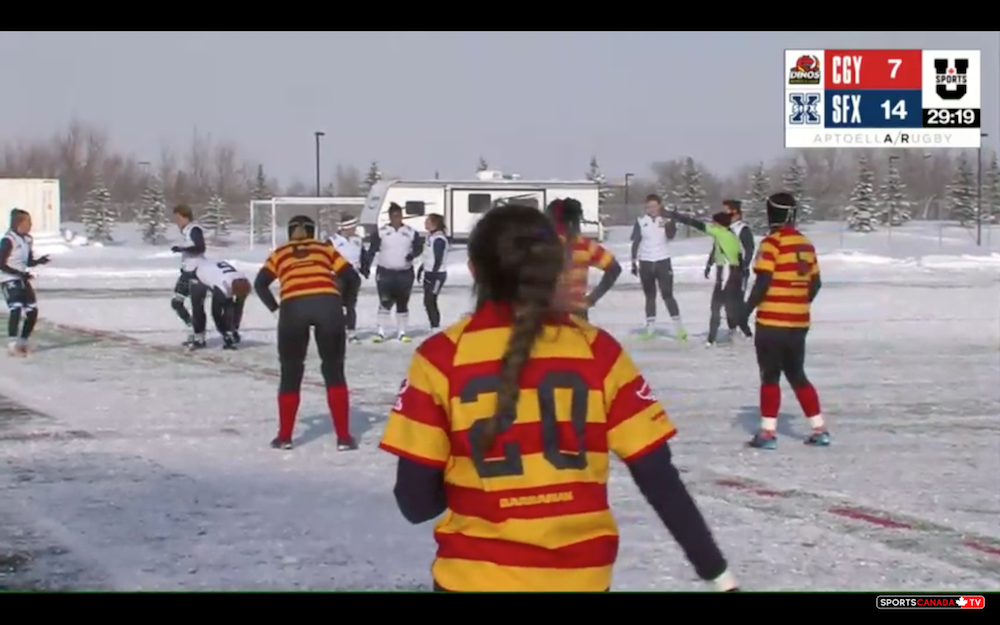
“We produced it in French and English, and there’s a cost to do it in both, and there was also quite an effort to do it in both. You had to have different equipment to do the stream and switch it, you had to have two sets of commentators. And we wanted good commentators, so we flew in our French-first commentators. We tried to make sure that we were authentic.”
He said it’s not feasible to just pass that cost on to U SPORTS member schools.
“Our members pay U SPORTS a sizable amount of money already for the office and for staff. There’s no appetite for more dues.”
And he added that while there has been critical feedback, he’s also heard from people who appreciate the ability to watch U SPORTS content over-the-top (OTT) without a cable subscription (a growing move throughout sports, with Rogers offering Sportsnet Now and companies like ESPN, Turner and Sports Illustrated launching OTT sports services in the U.S.).
“People do believe in over-the-top and that it’s the way to get your content out there beyond family and friends.”
He said he’s also heard from many who were impressed with the quality improvement under this model.
“Not everyone supported the pay-per-view, but our objective was to charge a little bit to try and improve the quality, improve the experience of it and ultimately prove that we can do better. I had lots of comments that they were glad they could see it and the quality was better.”
Watch the 2018 BLG Awards – celebrating the U SPORTS Athletes of the Year – on USPORTS.Live free of charge on Monday June 4, beginning at 10 p.m. ET / 7 p.m. PT from the Chan Centre for the Performing Arts on UBC campus!
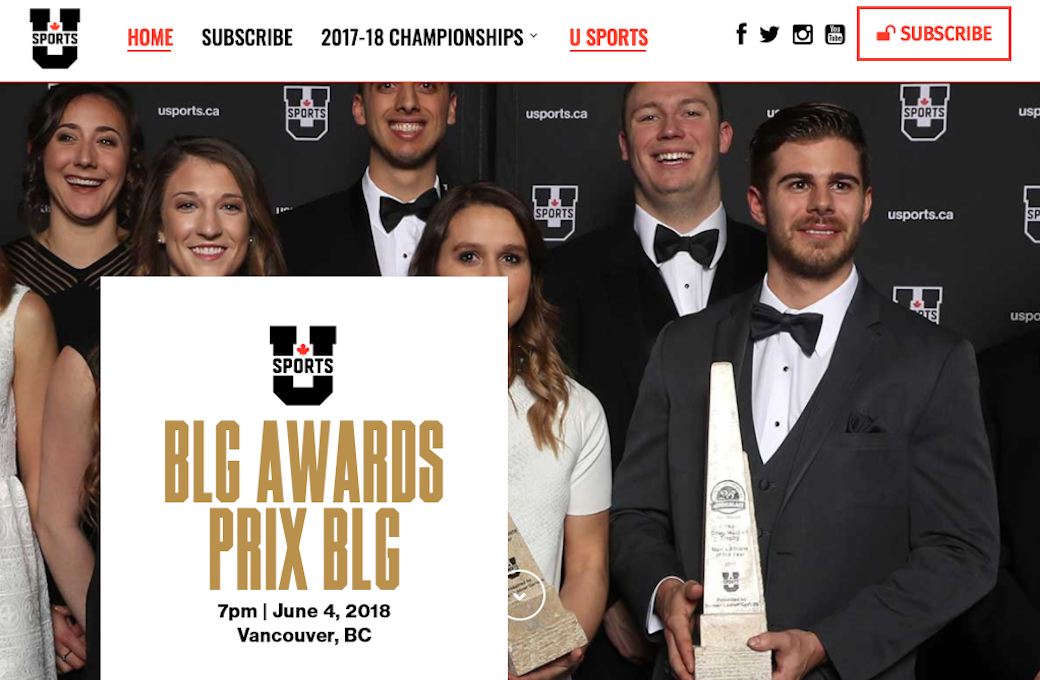
 Andrew has been covering university sports in Canada since 2005 at outlets such as The Queen's Journal, The CIS Blog, and Yahoo Canada, where he also served as the editor of the Canadian football blog 55-Yard Line. He has a Bachelor of Arts (Honours) degree from Queen's University with a major in history, and currently works as a staff writer and editor for Awful Announcing and The Comeback.
Andrew has been covering university sports in Canada since 2005 at outlets such as The Queen's Journal, The CIS Blog, and Yahoo Canada, where he also served as the editor of the Canadian football blog 55-Yard Line. He has a Bachelor of Arts (Honours) degree from Queen's University with a major in history, and currently works as a staff writer and editor for Awful Announcing and The Comeback.
Corporate
U SPORTS Staff
